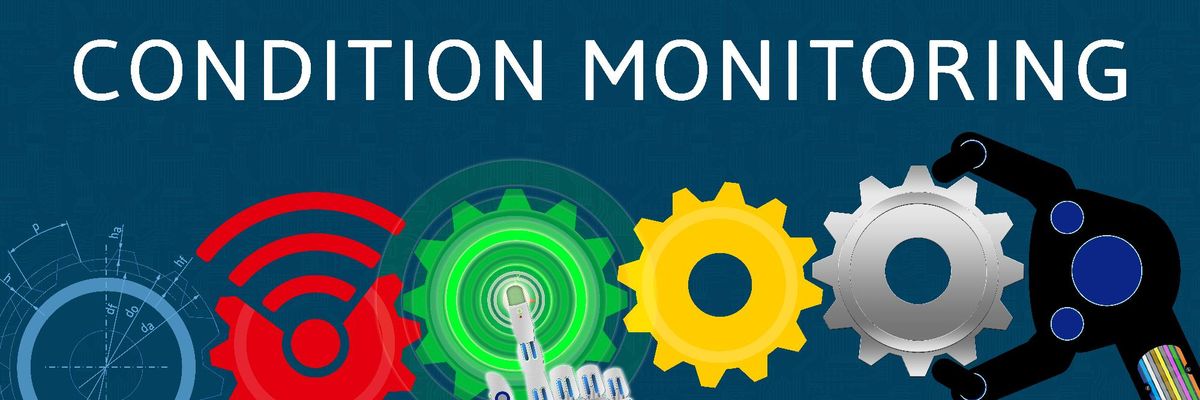The first phase of the condition monitoring program reboot had gone well. Phase I of the field condition assessment was led by consultants and shadowed by the organization’s maintenance staff. Once the maintenance staff learned the new scoring and data collection system, the roles would be reversed in Phase II.
“I love this modified approach and the new tool,” exclaimed the organization’s asset management lead. “I only see one problem, and it may be a big one. I don’t think we will be able to complete a comprehensive update every three years.”
“I know you remember we discussed the frequency issue several times,” I replied. “The three-year cycle sounds good in the planning phase, but in my experience, it seldom works out in practice. I still think you will be able to get the critical asset classes done every three years and some of the less critical ones every five years.”
“I agree, and the new approach and tool will enable us to get the critical stuff done every three years,” replied the asset manager. “I will need your help getting Brett (the chief financial officer) on board.”
Performing a comprehensive condition assessment every three years would enable the organization to move to a condition-based depreciation schedule rather than a typical straight-line depreciation approach. It provided a “double benefit” to improving the condition management program. While the accounting benefits would only be on the order of a few hundred thousand dollars, they easily justified the costs of the upgraded program.
After a quick business case and discussing the issue with the executive team, it was decided to go with the modified 3-year/5-year condition management approach. The aspect that created confidence in the new approach was that multiple aspects had been considered up-front and re-evaluated as new information emerged. The new condition management approach could stand on its own.
There are three things to consider when creating or redeveloping a condition management program.
1. Purpose of the condition monitoring program (or any condition assessment)
I normally provide five major reasons for conducting a condition assessment or implementing a condition monitoring program. Each of the five reasons has different desired outcomes and impacts the approach.
1. As an asset management tool
a. Baseline assessment
b. Assist in predicting remaining useful life
c. Assist in the development of a renewal & replacement schedule
d. Modify maintenance strategies
2. As a training exercise for staff
3. As part of a predictive maintenance program
4. For property transactions, mergers, or privatization
5. As part of an accounting or regulatory compliance program
In the introductory example, the condition monitoring program included asset management, training, and accounting aspects. Each aspect introduces different considerations that needed to be included in the overall approach before fieldwork began.

We often spend too much time on equipment and technology and too little time on larger goals and objectives.
2. Keep it simple—Progressively build in complexity
Hallmarks of a quality condition monitoring program include:
- Consistency across all asset classes and types
- Repeatable by different groups at different periods of time
- Measures what it is intended to measure
Part of keeping the program consistent and repeatable is keeping it simple. One example is the scoring system, which can utilize scales of 1–5, 1–10, or 1–100. Something similar to the following scale works best in most cases:
- 1: Like new
- 2: Rebuilt
- 3: We don’t spend much corrective maintenance time on it
- 4: It needs to be replaced sometime in the next few years
- 5: We better order the replacement now
Of course, this is a conceptual example. The point is to keep it simple enough to be easily understood by a typical worker and consistently communicated as teams change.
3. It takes longer than you imagine
It is necessary to significantly incorporate more time than first imagined every time a condition monitoring program is developed or improved. The sources of this necessity range from a combination of inexperience by the current organization leadership, inexperience by members of the team, failure to appreciate operational context, and the planning fallacy (we talk ourselves into believing we can execute the program better, cheaper, and faster than anyone has ever done it before).
The factors that need to be fully and accurately considered in the execution of the condition monitoring program include:
- Physical security and health & safety
- Some equipment needs to be in operation, and some do not
- Some equipment is easily accessible, and some will require a different trip or specialty equipment
- Paper vs. electronic data collection
- Cataloging pictures, group vs. separate assets, nameplates
- Fewer crews equal more consistency but require more time
- Programmed time for quality assurance, including double-checking a portion of the field results
Moving forward
Technical professionals usually collect more data than needed because someone (they think) may need it in the future. This is a big waste of time. Align the program with decision-makers’ needs, document the approach, and continually communicate the goals and limitations of the program.
Three things to improve your condition monitoring program are: Keep the program’s purpose in mind, keep it simple in the beginning, and plan on everything taking significantly more time than you initially imagined.
References
Benson, Kathryn, Kerr, Brad, and Solomon, J.D. “54-inch Sewer Interceptor Collapse Drives Practical Asset Management Program Development”;
Proceedings from The Utility Management Conference (UMC 2017), Tampa, FL, February 7–10, 2017.
Benson, Kathryn, and Solomon, J.D. “Pump Station Condition Assessment Programs: Case Studies in North and South Carolina”;
Proceedings from the North Carolina AWWA-WEA Annual Conference, November 17, 2013.
Solomon, J.D. “Condition Assessments: Ten Important Things Before Going to The Field.”
J.D. Solomon, Inc: June 6, 2022. https://www.jdsolomoninc.com/post/condition-assessments-ten-important-things-before-going-to-the-field.
Solomon, J.D. (2022). “Simplify Asset Management for Better Results.”
J.D. Solomon, Inc: June 15, 2020. https://www.jdsolomoninc.com/post/simplify-asset-management-for-better-results.






